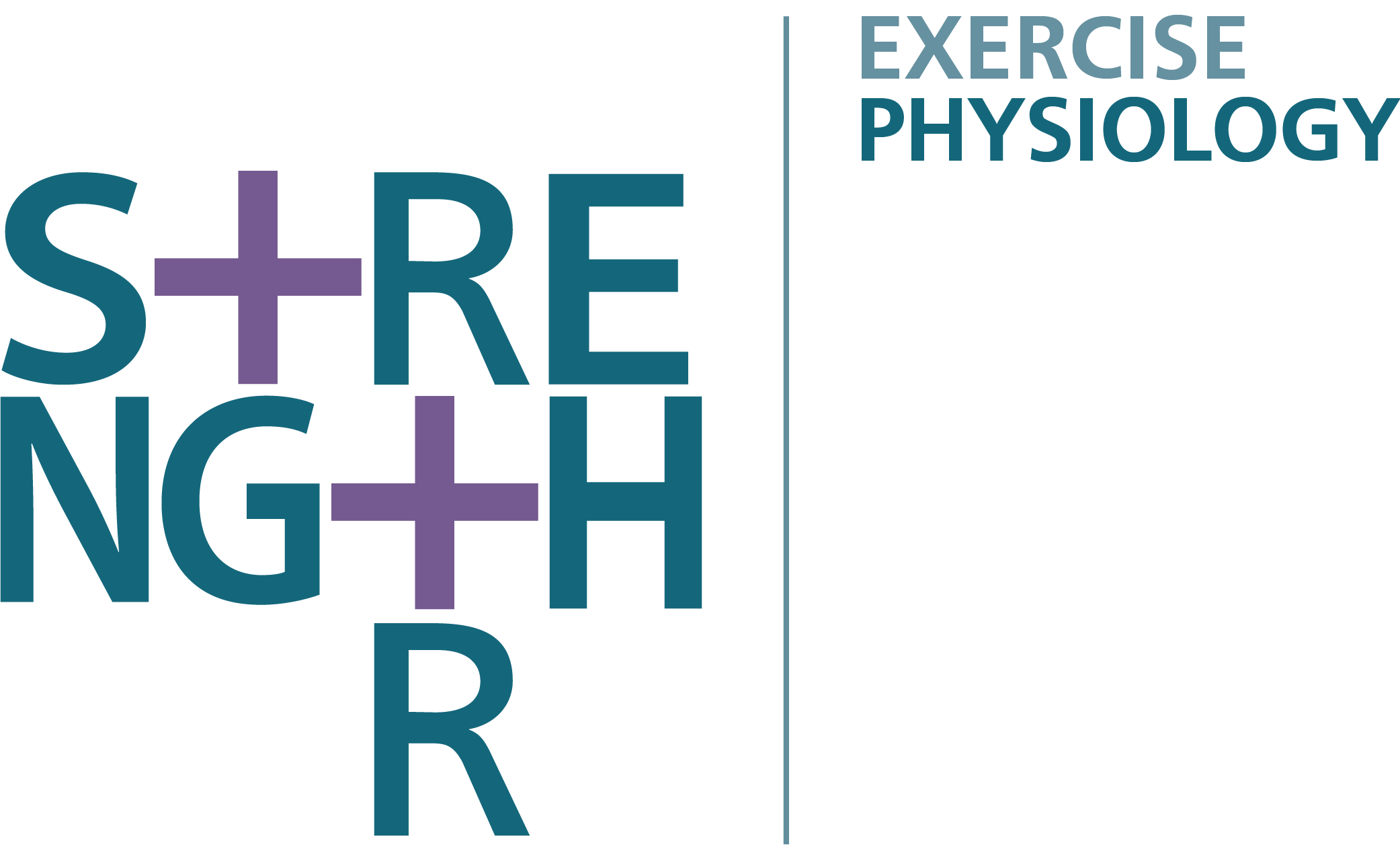Dry Needling Therapy
Dry Needling Therapy
Dry needling is a therapeutic technique that involves inserting needles into tender points in the body without the use of any substances. This method is commonly employed to address painful musculoskeletal disorders, with a primary focus on myofascial trigger points.
Some research indicates that achieving a localized twitch response during dry needling may result in greater pain relief and improved range of motion. This phenomenon has been suggested to align with the gate control theory of pain, where dry needling stimulates alpha-delta nerve fibers, activating inhibitory dorsal horn interneurons that lead to opioid-mediated pain suppression.
Additionally, dry needling is believed to regulate levels of various chemicals in affected muscles, such as bradykinin, calcitonin gene-related peptide, and substance P. The needling of myofascial trigger points is also theorized to disrupt reverberatory circuits in the central nervous system.
The origins of dry needling and trigger point theory can be traced back to the use of anesthetic injections for treating painful musculoskeletal conditions. In the late 1930s, John Kellgren’s work in London played a pivotal role. His findings, published in 1938, highlighted the referral of pain from muscles and the relief achieved by injecting procaine into tender points.
Simultaneously, researchers like Gutstein in the United Kingdom and Michael Kelly in Australia explored anesthetic injection techniques, contributing to the growing interest in trigger points. In 1942, Janet Travell and colleagues made a significant contribution by publishing the first paper on trigger points, coining the term and associating it with myofascial trigger points.
The Emergence of Dry Needling
Dry needling, an incidental development stemming from injection therapy, gained attention. Brav and Sigmond’s 1941 paper in the United States claimed pain relief through simple needling without substance injection, laying the groundwork for dry needling. Paulett’s 1947 investigation further supported the effectiveness of dry needling in relieving pain.
In the 1970s, as acupuncture gained prominence, dry needling and acupuncture concepts initially intertwined. Physicians like Chan Gunn and Karel Lewit explored dry needling techniques influenced by acupuncture, using acupuncture needles.
Dry needling, as addressed in the first peer-reviewed article by a Western medical physician, goes beyond targeting muscular trigger points (TrPs). The study, involving 241 patients, revealed that only 2 of the 14 targeted structures were muscular TrPs, with ligaments, scar tissue, tendons, bones, and teno-osseus insertion sites also being needled. Notably, a substantial presence of neurovascular structures was identified at dry needling target sites.
Dry needling elicits responses from both the local and central nervous systems, aiming to restore homeostasis at myofascial trigger point (MTrP) sites. This process may contribute to a reduction in both peripheral and central sensitization to pain.
Studies, including one by Tsai et al., have illustrated that needling distal trigger points can lead to diminished sensitivity in proximal trigger points. On a central level, dry needling might engage descending control mechanisms in the brain or spinal cord. Notably, immediate effects of dry needling include an increase in pressure pain threshold (PPT), improved range of motion, reduced muscle tone, and diminished pain in individuals with musculoskeletal conditions.
Effects of Dry Needling Therapy in Neurological Conditions
Stroke Rehabilitation:
Some studies have explored the potential benefits of dry needling in stroke rehabilitation. Dry needling applied to spastic muscles post-stroke has been investigated for its effects on muscle tone, function, and spasticity reduction. A systematic review (Gattie, E., Cleland, J. A., & Snodgrass, S. (2017)) found that dry needling is an effective physical agent modality to decrease spasticity and increase ROM, improving functional outcomes.
Neuropathic Pain:
Dry needling has been studied in the context of neuropathic pain conditions. Research suggests that it may help alleviate pain associated with disorders such as diabetic neuropathy. The mechanism is thought to involve modulation of neural pathways and pain signaling.
Headaches and Migraines:
While not exclusively neurological, headaches and migraines have neurological components. Some studies have explored the use of dry needling in the treatment of tension-type headaches and migraines, demonstrating potential benefits in reducing the frequency and intensity of headaches.
Neck Pain and Cervical Dystonia:
Dry needling has been investigated for its effects on neck pain and conditions such as cervical dystonia. Research indicates that it may contribute to pain relief and improved function in individuals with these neurological issues.
Neurological Rehabilitation:
In the broader context of neurological rehabilitation, dry needling has been considered as a complementary approach. It may be used alongside other rehabilitation strategies to address musculoskeletal issues associated with neurological conditions.

